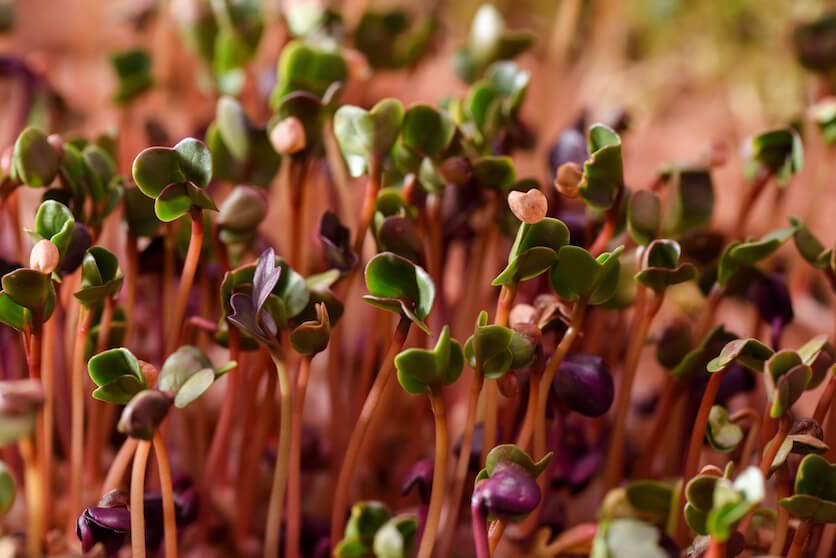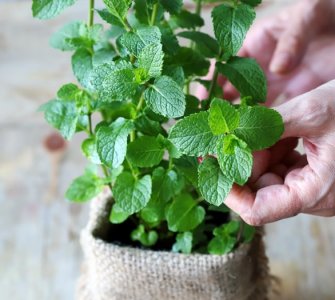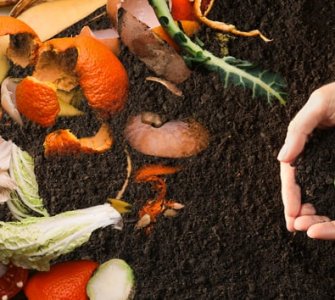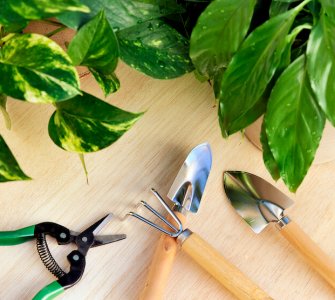Microgreens? Never heard of it, then you are in for a treat! Thousands of people around the world grow this superfood in their kitchens! There is nothing more pure, clean, and healthy tasting than the fresh greens you grew yourself.
But if you are just getting started, you are probably wondering: will microgreens regrow after cutting? And for how long can you enjoy them? This post will provide you with answers to these questions and more!
Table of Contents
What Are Microgreens?

Microgreens are grown from vegetable seeds, which are carefully nurtured until they sprout. The little baby sprouts that push up from a germinated seed are known as microgreens. Growers harvest these nutrient-dense, tender green sprouts and eat them on salads, use them as edible garnishes, or add them to health shakes and more.
Microgreens have a very short life cycle if they are harvested once. However, some plant species are capable of regrowing more sprouts.
List Of Microgreens That Regrow
Here are types of microgreens that regrow after cutting:
- Basil
- Beans
- Coriander
- Fenugreek
- Kale
- Oregano
- Peas
- Sage
Although they regrow, the taste will not be as pure and sweet as the first harvested greens. Microgreen regrowth produces much more stem than leafy green, so you are essentially eating more stem.
Keep in mind that the overall quality is significantly reduced with each subsequent regrowth. Many microgreens fail to regrow because of the amount of energy it takes to regrow the leafy part that we harvest.
How to Grow Your Microgreens
It’s not all that difficult to grow your own microgreens. Growing them indoors is the typical method using a grow light system. It helps to have everything on hand to properly grow and care for these tiny little plants. You’ll need things such as seeds, a planting tray, a grow light/tray system to place your planted trays on, a misting bottle, a sharp pair of garden shears or scissors, and a way to label/identify what plant species it is.
What Happens If You Let Microgreens Keep Growing?
Those baby sprouts grow into seedlings that must be planted in a garden to survive and thrive. If you happen to go away on vacation or forget to harvest your microgreens at the right time, it’s not unusual to be faced with actual plants ready for a garden.
Wrap Up
Microgreens are a fun way to have a source of uber-healthy greens right there in your kitchen. It’s also something a family can do together. But, like other plants, microgreens require constant monitoring to know if they are getting enough light and when it’s time to harvest. If not, your next step is to transfer those little plants into a garden.
If this happens, you’ll either need to plant them outdoors or indoors in containers. For those of you who are looking for an indoor gardening option but don’t have a ton of space, this is a perfect project to try your green thumb at. Check out a blog article on indoor gardening in an apartment without a balcony for more tips!


